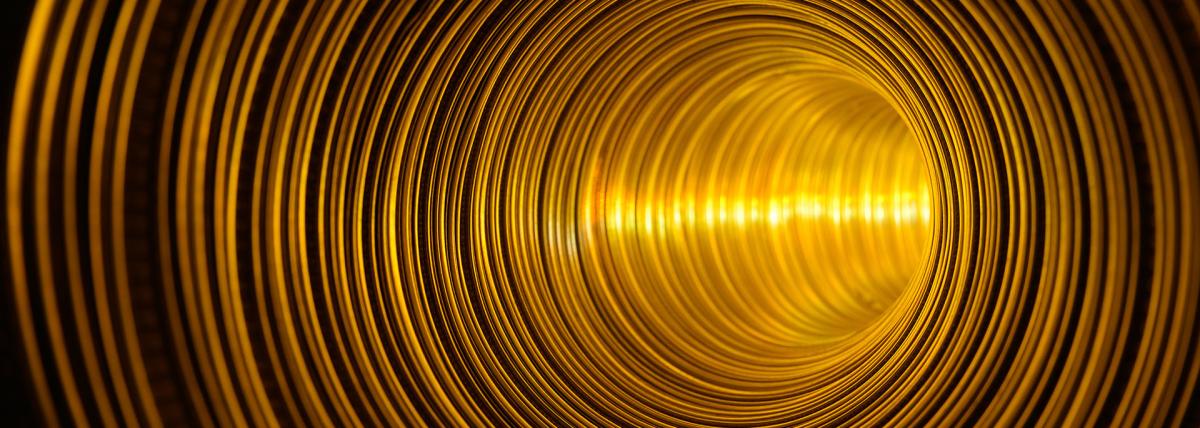
Sun and Shadow
by tawny bounds
Students will complete a shadow activity where they will learn what happens to shadows throughout the day. They will create a hypothesis, collect observable data, and come to a conclusion about a shadow's movement and the movement of the sun across the sky. They will also use rulers to measure the length of the shadows they trace and use math to compare their shadow in the morning versus the afternoon.
Lesson Grade Level
2nd GradeLesson Plan Link/URL
https://docs.google.com/presentation/d/1AxB9hRtUpYEjmKqvsMZ_rK4XA0inzsg2/edit?u…Subject Area
Science Earth and Space Science E2: Earth & the Universe Mathematics Measurement and Data (MD)
Featured
Off
Related Content

Grades:
9th Grade, 10th Grade, 11th Grade, 12th Grade
This is a high-school level hands-on project that allows students to build their own working sundial, make predictions and assess their accuracy. This lesson ties in with the study of Kepler's Laws.

Grades:
4th Grade
In this unit, students will use their knowledge of weather and climate patterns to construct, place, and collect data from a rain gauge for one month. The beginning of the school year would be the

Grades:
2nd Grade, 3rd Grade
The "From Farm to Table" unit will provide 2nd grade students with an understanding of the journey food takes from the farm to their tables. Students will explore the water cycle, plant life cycle